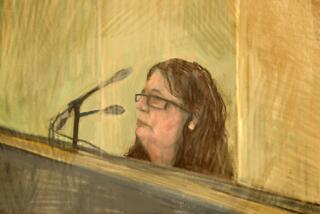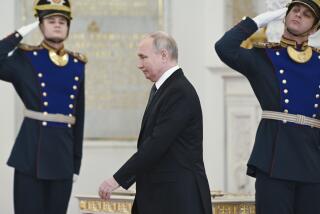Tadao Ando, 75 years in search of light
Tadao Ando, one of the biggest names in Japanese and global architecture, told EFE on the eve of his 75th birthday that “sentimentally reliving” his beginnings continues to be key for dealing with his new projects.
“When I was in my thirties, I had little work,” Ando recalled in an interview with EFE by email, reviewing a career that has led to winning the Pritzker in 1995, the International Union of Architects gold medal in 2005 and the French Order of Arts and Letters.
Ando, born in Osaka on Sept. 13, 1941, is an atypical case. At the age of 20, he decided to hang up his gloves he had been earning a living as a boxer for two years and try his hand at architecture, in which he was largely selftaught.
His schooling mainly consisted of traveling and visiting all the buildings he read about, especially if they were by FrenchSwiss architect Le Corbusier.
“On seeing a photo for the first time of people gathered at his Ronchamp church, I felt instant inspiration because I saw that architecture is, essentially, the act of creating a space where people meet to talk and share emotions,” Ando said.
“When I finally visited (the church), I felt that what deeply marks the hearts of those who enter is the flood of light originating from the different large and small windows situated at different angles,” the architect said.
Thus began a career that has since continuously sought to find light “that transmits hope,” designing environments integrated with natural elements that promote “conversation and mutual contact.”
The first “light” that emerged from his study, marking his debut, was the design for “a lowcost house for a friend” in his native Osaka.
In an effort to not forget his roots, Ando ended up buying the house and turning it into what continues to be his office, a space that he continuously redesigns, reforms and modifies according to the volume of work.
“It always allows me to go back and think about the origin. I can sentimentally relive the moment when I began to work in architecture and this allows me to lay out new projects,” Ando said.
The architect’s first recognized work was the Azuma House, a residence built in 1976 in Osaka’s Sumiyoshi area, which brings together his trademark style that combines concrete, light, water and air with an almost primitive simplicity.
Besides the idea of coexistence and integration with nature that prevails in traditional Japanese architecture, Ando, with this project, dared to challenge the principle of “ease and comfort” that dominated urban environments and used a patio to connect three spaces and allow air and light to flow.
Ando’s desire to reduce the need for air conditioning “originates from the patio at Azuma” and has been expressed in the large public spaces, such as Tokyo’s Shibuya station for the Tokyu Toyoko rail line.
The dozens of projects that he designed in Japan after Azuma from Rokko housing in Kobe to the Church on the Water in Hokkaido and Church of the Light in Ibaraki brought him global recognition, but it was not until the Seville Expo in 1992, where he designed the Japanese pavilion, that he got his first opportunity to work abroad.
“The work in Seville is deeply rooted in my heart. It was a great challenge for me to construct a giant pavilion of wood 30 meters high and, moreover, in Spain, where the cultural case lies in stone constructions,” Ando said.
The spectacular pavilion drew the attention of Luciano Benetton, for whom he would go on to restore and expand the Fabrica Research Center at Villa Treviso in 2000.
Ando noted that, in turn, his work at Fabrica led him to other projects, such as the restoration of the Punta della Dogana art museum in Venice, financed by French collector François Pinault.
Currently, he is working with Pinault on turning the Parisan Bourse de la Commerce into a museum, set to be inaugurated in 2018.
“Under the same concept as Punta della Dogana, I am thinking of conceiving a universe where the old and the new coexist. In Japan, the new buildings are left aside after a little while and it is increasingly difficult to leave a legacy for the next generation, but that is not the case in Europe. The project will be really difficult, but I would like to contribute, though it may be little, in this marvelous process of transmission,” Ando said.
By Andres Sanchez Braun.





